Out Now
The Infrastructure Issue
Current Issue
The Infrastructure Issue
JUN - JUL 2025
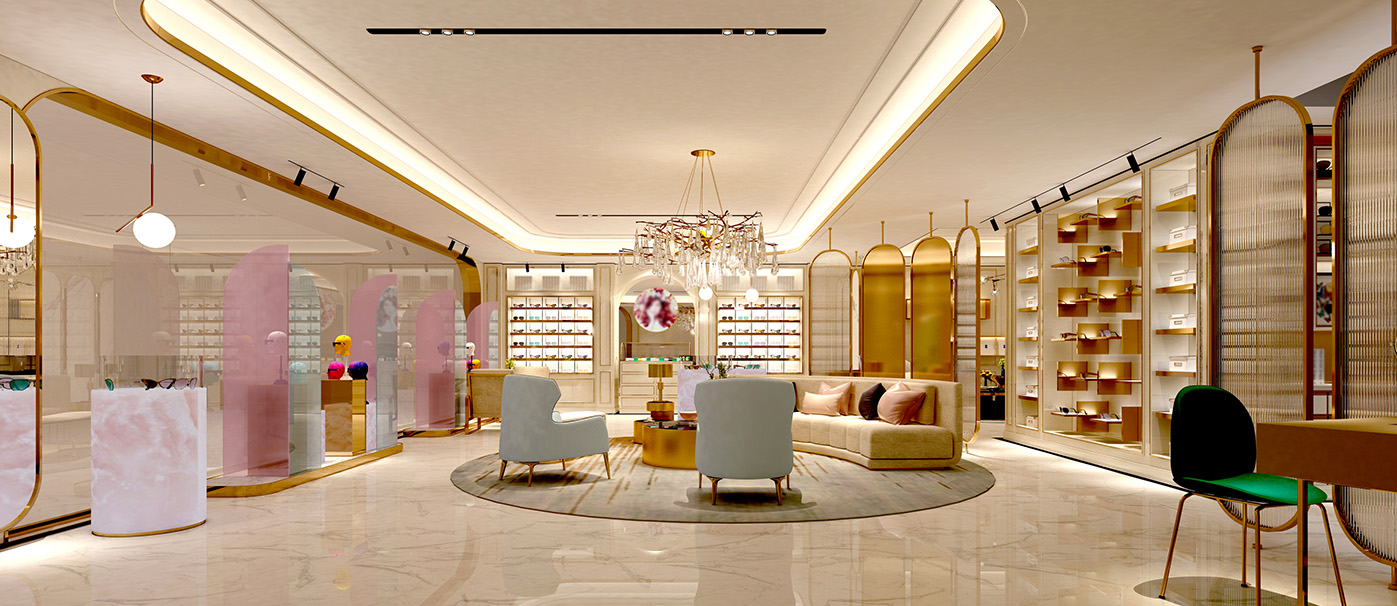
Manipulating lighting can help retailers encourage consumers to spend more money. Sneaky but true.
From high end clothing boutiques to large hardware stores, lighting plays a role far beyond simple illumination for shoppers to inspect what they’re buying. In fact, lighting affects how consumers feel and, in turn, how they shop and what they buy. And electricians who have some insight into the psychology of lighting have a lot to offer.
Shopping is a sensory business. Various types of stimuli (read: smells, sounds and sights) in retail environments cause, or at least encourage, consumers to elicit a response. A classic example is the wine store and music study: playing French music led to more sales of French wine, whereas playing German music led to more sales of — you guessed it — German wine. And there’s more to it than wine snobbery. Multiple studies have shown that people are more likely to choose enjoyable products under dim lighting and practical products under brighter lights.
Given the research, it’s not surprising to learn that while lighting in restaurants tends to be dim to help diners relax, in shops the lights are usually much brighter, especially in servos and discount retailers, to aid the purchase of practical goods. When it comes to upmarket clothing boutiques, there’s much more focus on showcasing the product. Very specific optics and beam types help to display a mannequin or piece of product much more clearly than general office or warehouse lighting.
Indeed, effective retail lighting is high contrast to draw consumers to products. Research that dates all the way back to the 1970s found people tend to prefer high levels of uniform brightness — brighter environments than they actually need to look at things clearly. To avoid visual fatigue but still give consumers the lighting environment they prefer, one solution posits increasing peripheral brightness with high-reflectance walls or wall lighting, or both.
The right lighting in a retail store can help shoppers navigate their way around, too – and can also attract them into the store in the first place. Research shows that when shop window lighting changes, shoppers react, with 11% more stopping and up to 19% more entering the store, so versatile window lighting can reap the rewards.
In higher-end clothes stores, customisable fitting room lights enable customers to simulate daytime, indoor or night-time lighting, so they can recreate the environment in which they plan on wearing the item. Given that 60% of clothes buying decisions are made in the changing room, it can have a serious impact on sales conversion.
In retail environments, it’s common to find higher colour temperatures of about 4000K. But what’s more important is the colour rendering index (CRI), which measures the ability of a light source to reveal colours of objects in contrast to a natural light source. It’s the measurement of light in relation to how it affects the appearance of colour.
These days, a high CRI of at least 90 is the trend among retailers. It helps to bring out the natural colours of a fabric, the sharp hues of product packaging and enhance the freshness of fruit and vegetables.
Lighting serves different purposes in stores – here are three different types of lighting that help retailers create the right experience.
1. Accent lighting
Accent lighting draws attention to a certain product, areas or displays throughout the store – helping products to pop and create a sense of importance. It can be installed behind displays as backlighting, or installed into cabinets.
2. Task-orientated lighting
This is the lighting that’s used to illuminate areas where certain types of tasks are performed. Think changing rooms, checkouts, back office or storerooms.
3. Ambient lighting
The main source of light in-store, the ambient lighting fills the gaps between the display lighting. The ambient – or general – lighting helps customers navigate the store, and creates a welcoming feel.
Keep up to date with our latest news and competitions by subscribing to our regular newsletter.
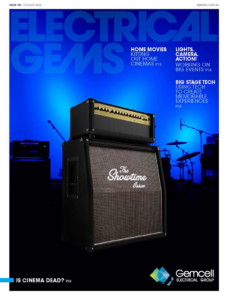
Issue 183
OCT - NOV 2024
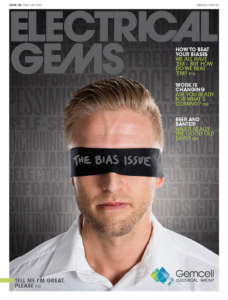
Issue 182
AUG - SEPT 2024
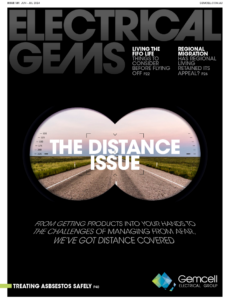
Issue 181
JUN - JUL 2024
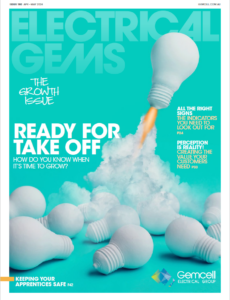
Issue 180
APR - MAY 2024
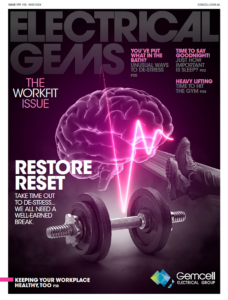
Issue 179
FEB - MARCH 2024

Issue 178
DEC 2023 - JAN 2024
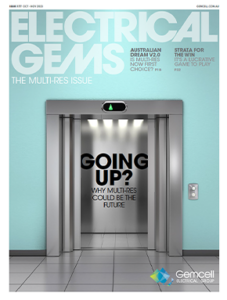
Issue 177
OCT - NOV 2023
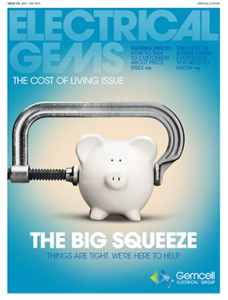
Issue 176
AUG - SEPT 2023
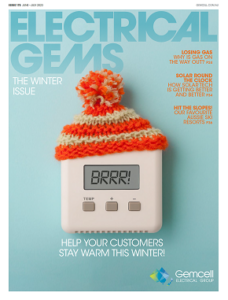
Issue 175
JUN - JUL 2023
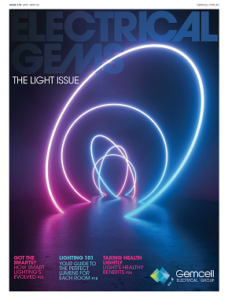
Issue 174
APR - MAY 2023

Issue 173
FEB - MAR 2023

Issue 172
DEC 2022 - JAN 2023
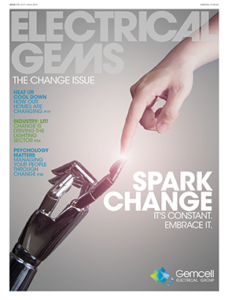
Issue 171
OCT - NOV 2022
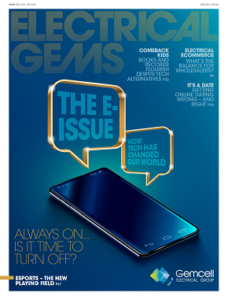
Issue 170
AUG - SEPT 2022
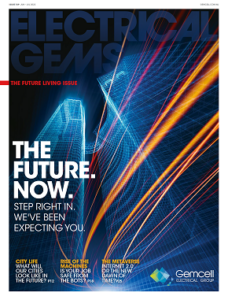
Issue 169
JUN - JUL 2022
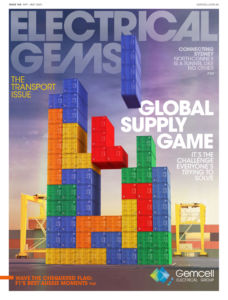
Issue 168
APR - MAY 2022
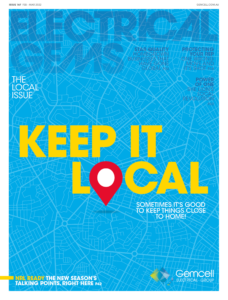
Issue 167
FEB - MAR 2022

Issue 166
DEC 2021 - JAN 2022
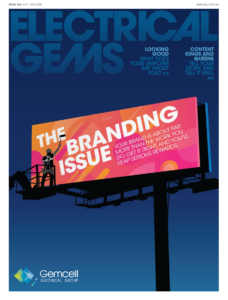
Issue 165
OCT - NOV 2021

Issue 164
AUG - SEPT 2021

Issue 163
JUN - JUL 2021

Issue 162
APR - MAY 2021

Issue 161
FEB - MAR 2021
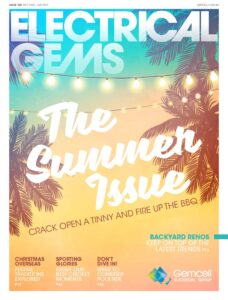
Issue 160
DEC 2020 - JAN 2021
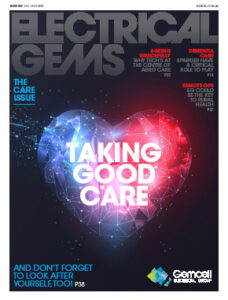
Issue 159
OCT - NOV 2020
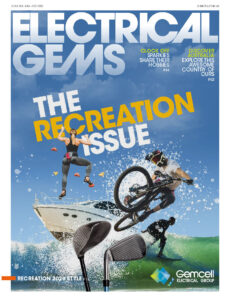
Issue 158
AUG - SEPT 2020
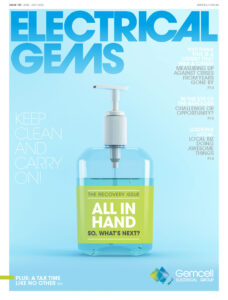
Issue 157
JUN - JUL 2022

Issue 156
APR - MAY 2020

Issue 155
FEB - MAR 2020

Issue 154
DEC 2019 - JAN 2020
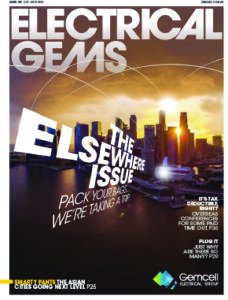
Issue 153
OCT - NOV 2019

Issue 152
AUG - SEPT 2019
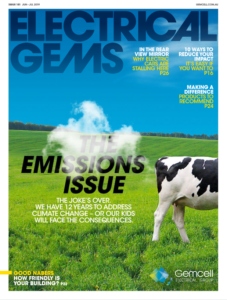
Issue 151
JUN - JUL 2019

Issue 150
APR - MAY 2019

Issue 149
FEB - MAR 2019
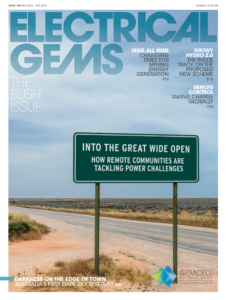
Issue 148
DEC 2018 - JAN 2019

Issue 147
OCT - NOV 2018
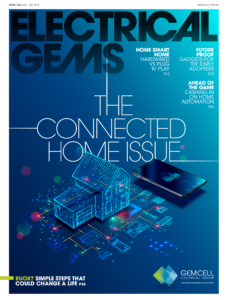
Issue 146
AUG - SEPT 2018

Issue 145
JUN - JUL 2018

Issue 144
APR - MAY 2018
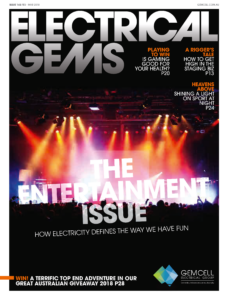
Issue 143
FEB - MAR 2018

Issue 142
DEC 2016 - JAN 2017

Issue 141
OCT- NOV 2017
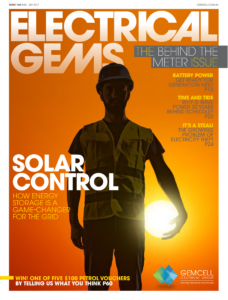
Issue 140
AUG - SEPT 2017

Issue 139
JUN - JUL 2017
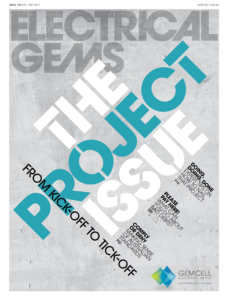
Issue 138
APR - MAY 2017
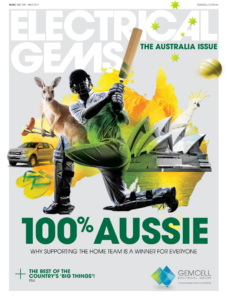
Issue 137
FEB - MAR 2017
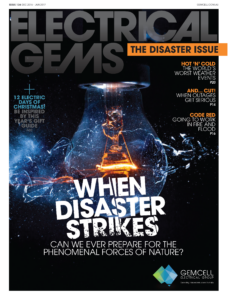
Issue 136
DEC 2016 - JAN 2017
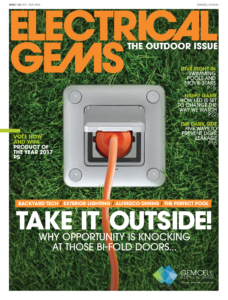
Issue 135
OCT - NOV 2017
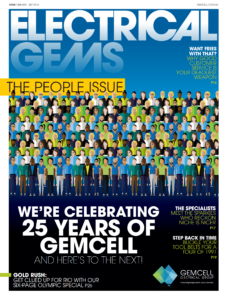
Issue 134
AUG - SEPT 2016
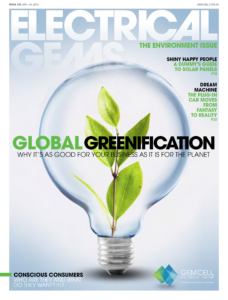
Issue 133
JUN - JUL 2016

Issue 132
APR - MAY 2016
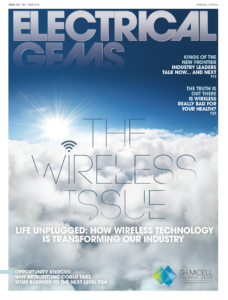
Issue 131
FEB - MAR 2016
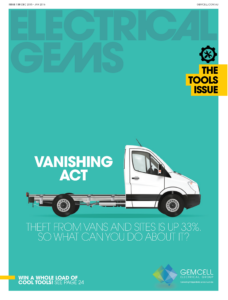
Issue 130
DEC 2015 - JAN 2016

Issue 129
OCT - NOV 2015

Issue 128
AUG - SEPT 2015
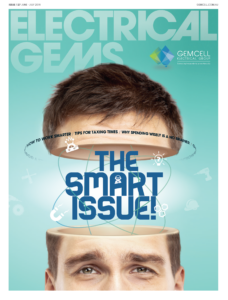
Issue 127
JUN - JUL 2015
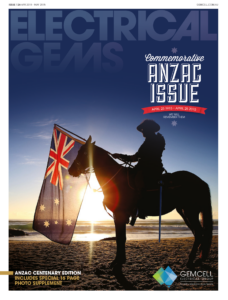
Issue 125
APR - MAY 2015
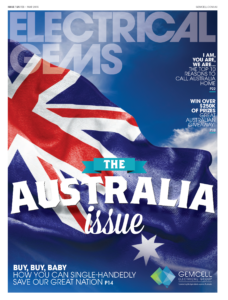
Issue 125
FEB - MAR 2015

Issue 124
DEC 2014 - JAN 2015
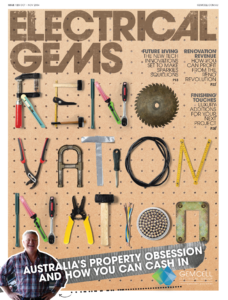
Issue 123
OCT - NOV 2014
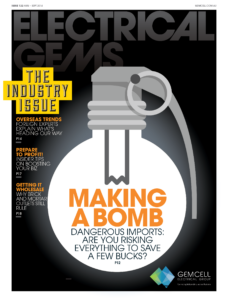
Issue 122
AUG - SEPT 2014

Issue 121
JUN - JUL 2014

Issue 120
APR - MAY 2014

Issue 119
FEB - MAR 2014
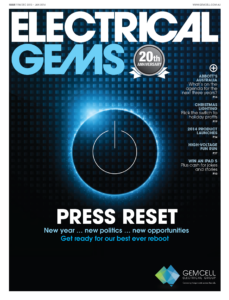
Issue 118
DEC 2013 - JAN 2014
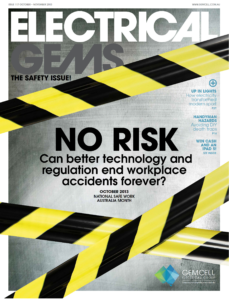
Issue 117
OCT - NOV 2013

Issue 116
AUG - SEPT 2013

Comments (0)
Write a Comment